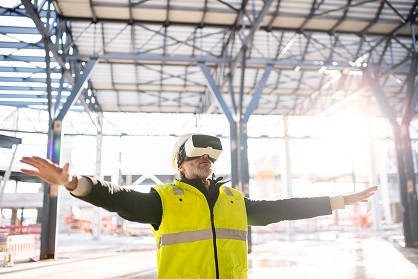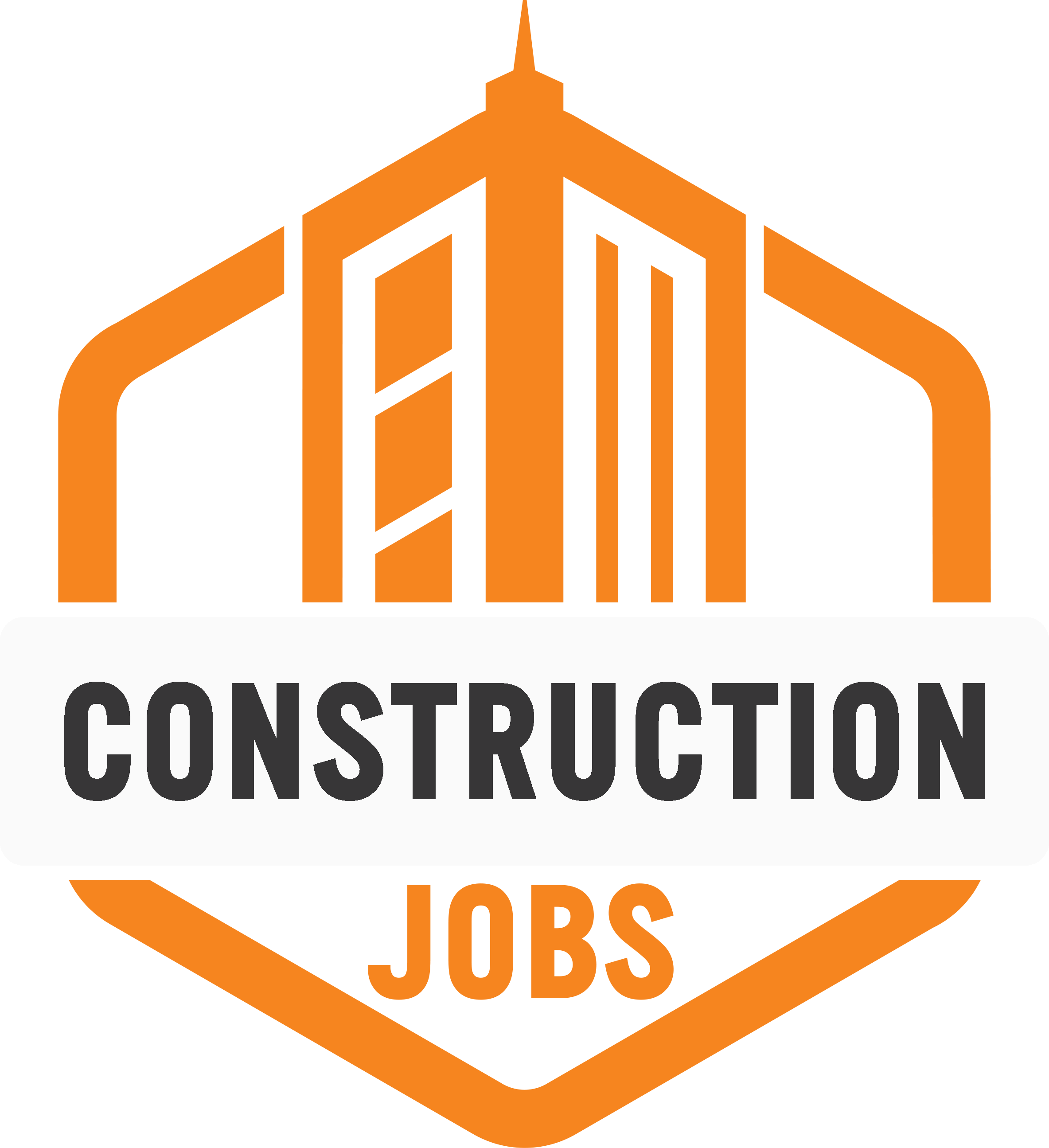How Effective Is VR Technology to the Construction Industry?
VR enhances construction with cost savings, safety improvements, and engaging client experiences, but challenges include expense and support.

The construction industry today is undergoing a massive digital transformation. After a long history of slow progression, the sector is starting to embrace new technologies to meet the needs of a digital world. One of the most exciting of these technologies is virtual reality (VR).
When most people think of VR, they probably think of the entertainment industry. While the consumer segment still accounts for most VR spending, these technologies have broken into other industries recently. Of the commercial segments now using VR, infrastructure is one of the highest-spending.
VR has become something of a buzzword in construction, but how effective is it? Here’s a closer look.
Use Cases for VR in Construction
VR has a wide range of use cases in the construction industry. First, it can integrate with 3D modeling software to give architects a more comprehensive look into their project designs. Construction companies can also use this feature to show clients and other stakeholders in-depth looks into a project.
Similarly, VR lets clients take virtual tours of a property before it’s finished. After completion, realtors can keep using these models to offer tours to potential buyers who may be unable to visit worksites.
Construction companies can also use VR to train new employees away from potentially dangerous worksites. Augmented reality (AR), a VR-adjacent technology, can continue to provide similar services on the job, displaying instructions or measurements as employees work.
Benefits of VR Technology
Since this technology is so new, the industry likely hasn’t found everything it can do yet. Even with today’s limited use, though, VR has shown a lot of promise in construction. So far, VR’s benefits in the construction industry include:
- Reduced costs and completion times
- Improved safety
- More engaging client experiences
1. Reduced Costs and Completion Times
Construction projects frequently fall behind schedule and go over budget, but VR can help. Using VR in the planning phase, construction companies can spot errors in designs they may not have seen otherwise. They can then correct these issues before they happen. Since rework accounts for $250,000 for every $5 million spent in construction, preventing these errors has a considerable impact.
Avoiding rework will also shorten project completion times. Experts estimate that at least 30% of all construction work is rework, so preventing it with VR can save hundreds of hours a year. Consequently, the industry could finally move past its historical time and budget shortcomings.
2. Improved Safety
Another prominent construction concern VR can help mitigate is worksite injuries. Construction has the largest number of preventable fatal injuries of any industry, as heavy equipment and working from heights pose significant threats. While VR doesn’t minimize these hazards, it can improve worker training, reducing the chance of dangerous mistakes.
VR is highly engaging and can train workers away from hazardous job sites. When these employees do start working on the project site, they’ll come with more knowledge about safe practices. As a result, they’ll make fewer mistakes and be more careful, preventing injuries.
3. Engaging Client Experiences
Just as VR can provide engaging training for workers, it can offer engaging client experiences. VR gives clients an in-depth, 3D look into a project model, giving them a complete understanding before signing off on it. These VR models can even update in real-time as construction continues, letting clients and other stakeholders keep an eye on progress.
Similarly, VR mock-ups of the finished project let potential buyers explore a property during construction. This lets them “tour” the building before it’s complete and without visiting a hazardous worksite. Companies can then sell properties faster, streamlining the construction-to-move-in pipeline.
VR’s Limitations
Looking at these benefits, VR would seem like a remarkably effective technology for construction. Firms who want to incorporate VR should know about its limitations, though. Understanding the potential downsides to VR can help construction companies see how best to implement it.
1. Expense
Like other aspects of digital transformation, VR can come with high upfront costs. VR headsets aren’t quite as expensive as some other technologies, but companies may also need to purchase compatible software solutions. Implementing these technologies at scale could be costly in an industry with widespread budget concerns.
Traditionally, IT budgets make up just a minuscule portion of construction spending, so many companies may be unwilling to invest in VR. That said, a 2017 study revealed that 82% of construction firms plan to spend as much or more of their budget on technology in the next few years. As IT spending rises in the sector, VR’s expense will be a less pressing concern.
2. Lack of Support and Expertise
Since VR is such a novel technology for construction, there’s a lack of knowledge and support for it in the industry. Workers will have to learn to use these tools, so it could take a while before they start to reach their full potential. Some companies may even experience a temporary decline in productivity before workers get used to working with VR solutions.
Companies may also have trouble finding complementary technologies to use with VR. The BIM tools and other software construction firms currently use may not feature VR support yet. As VR adoption grows, these problems will disappear, but it could take a few years before that happens.
How Construction Teams Can Make the Most of VR
Overall, VR can be remarkably effective if construction companies implement it carefully. Before investing in VR tech, firms should analyze their processes to see where it has the most potential for positive change. If employee training is their most significant pain point, that’s where they should apply VR first. If they have high rework levels, they should implement VR modeling first.
Starting with a single use case minimizes the initial costs of VR implementation. From there, companies can learn how best to use VR through trial and error. Once they’ve reached a comfortable place with their first VR use case, they can expand their investment.
Construction companies should also look for VR solutions that are compatible with their current tools. If they don’t have any compatible options, they should weigh the costs of switching platforms with waiting for VR support in their current solution.
VR Can Be Highly Effective With Proper Implementation
The expense and lack of support can make some construction companies hesitant to embrace VR, but it can bring substantial benefits. By starting small and closely monitoring performance, construction teams can apply VR to its full potential. As more firms invest in it, its limits will dwindle, and its advantages will expand.
Author: Rose Morrison is a freelance writer in the construction industry and the managing editor of Renovated.
- Share This →

